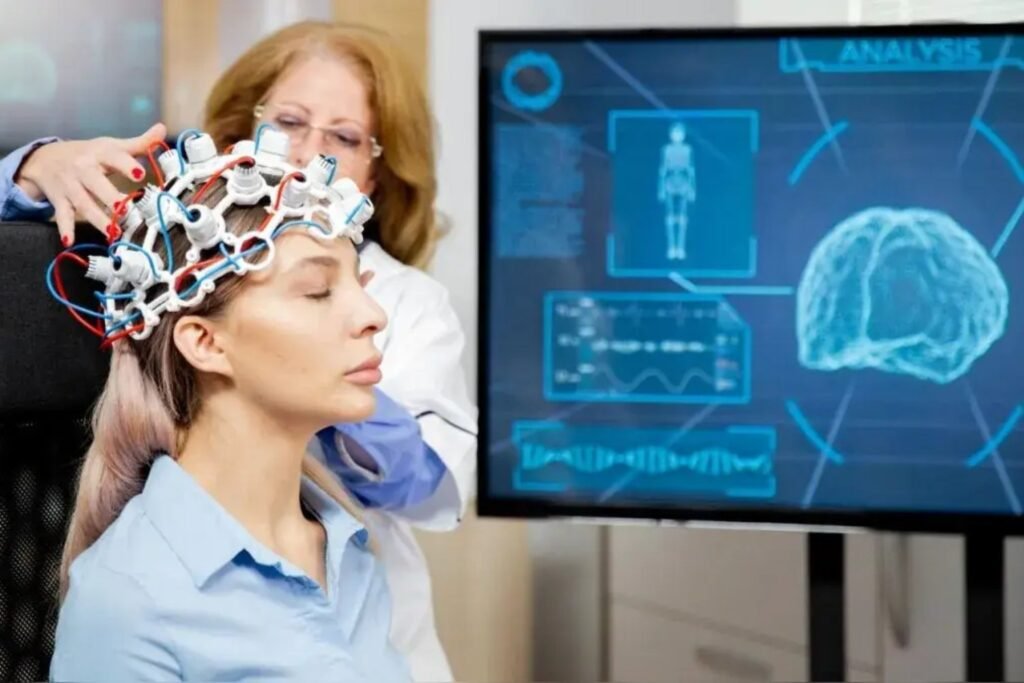The End of Keyboards and Screens: China’s Revolutionary Brain-Machine Interface Technology

Until now, brain-computer interfaces have required invasive procedures, but a team of Chinese scientists has pushed the boundaries of this technology.
For the first time, they have developed a non-invasive BCI that allows for mutual learning between the brain and the machine. This innovative system can adjust its accuracy over time without the need for constant training.

This groundbreaking advancement, detailed in a recent publication, has the potential to revolutionize how we interact with technology. While other companies like Neuralink are focused on brain implants, this Chinese innovation offers a surgery-free connection with unparalleled efficiency.
If this technology continues to progress at its current rate, we may soon witness the end of keyboards and screens, ushering in a new era where mere thoughts are enough to navigate the digital realm.
How does it work without brain implants?

This non-invasive BCI differs from other projects by utilizing external sensors placed on the scalp to interpret neuronal activity. This approach makes the technology more accessible and safer, eliminating the risks associated with surgical procedures.
The research, led by scientists from two prestigious institutions, involved testing the system with 10 participants over a six-hour period. The results demonstrated a remarkable 20% improvement in accuracy compared to traditional BCIs.
The secret behind its learning capability

To enable the interface to learn from the user and adapt over time, the scientists devised a system featuring two key innovations:
- A memristor chip with 128 thousand cells, designed to mimic the neural networks of the brain and process information efficiently with minimal energy consumption.
- A double-loop system that facilitates mutual adjustments between the user and the machine:
- A machine learning circuit that enhances the real-time interpretation of brain signals.
- A brain learning circuit that provides feedback to the user, allowing them to refine their control over the system.
- A machine learning circuit, improving the interpretation of brain signals in real-time.
- A brain learning circuit, providing feedback to the user to refine their control over the system.
According to researcher Xu Minpeng, this makes the interface 100 times more efficient than current digital models, while reducing energy consumption by 1,000 times, facilitating its integration into wearable devices.
A future without screens or keyboards is closer
, but also expands its control capabilities. While previous versions only allowed basic commands like moving a cursor or controlling a drone on one axis, this new technology allows for more complex movements in four directions, including rotations.
The difference with projects like is clear: while Musk is focusing on invasive implants, China is developing a portable and adaptable solution, ideal for medical and technological applications without the need for surgery.
Revolutionizing Technology with Brain-Computer Interfaces
If this innovation continues to advance, we could be closer to a world where devices respond to our thoughts with unprecedented precision, transforming the way we interact with technology and improving the quality of life for millions of people.




